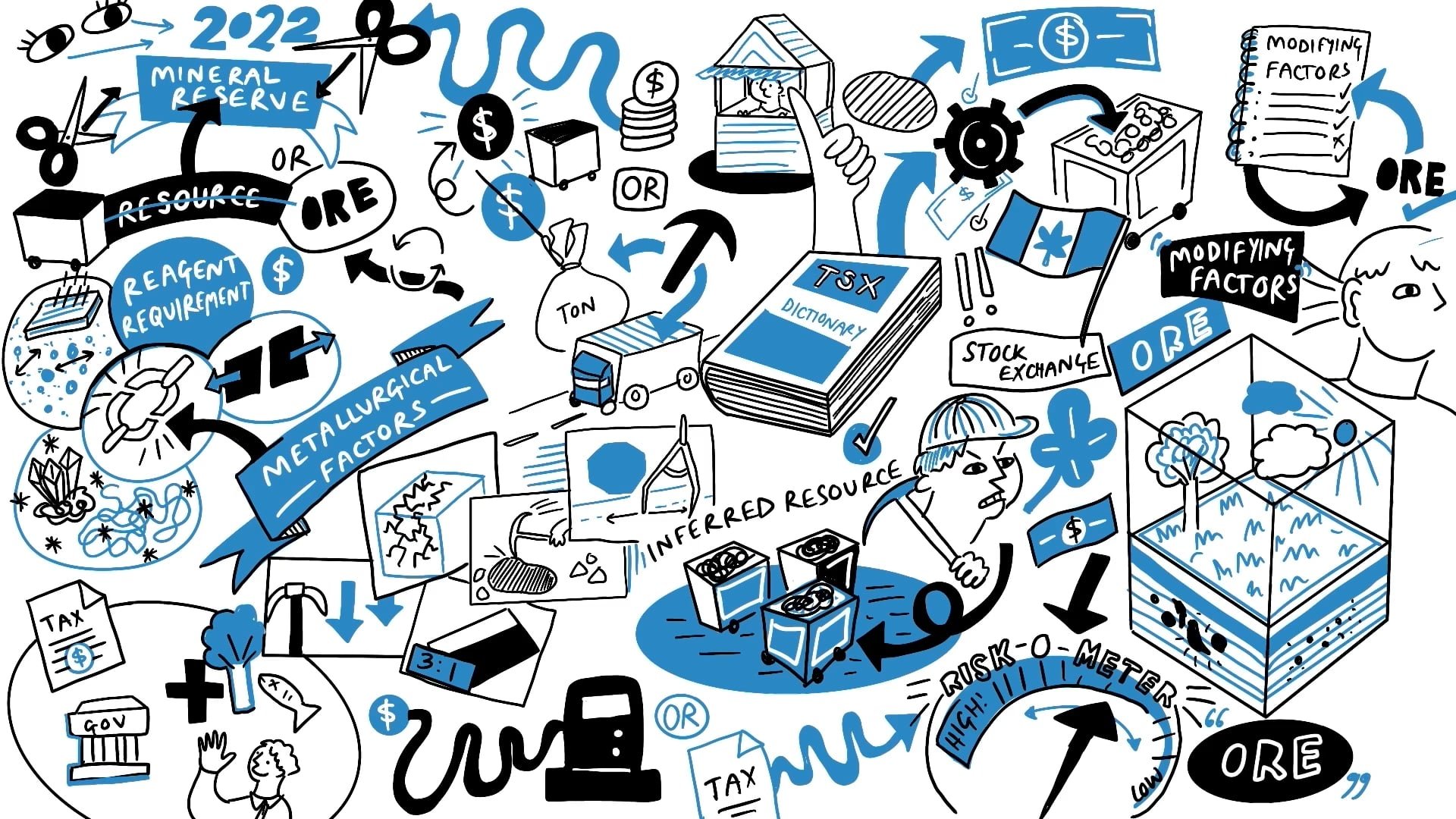Commodity: My Perspective

More episodes
Transcript
We're going to be looking at the good things about certain commodities, the bad things, and what to look out for, how to approach them, and why they should matter.
Understanding commodity prices and forecasting commodity prices is a whole industry in itself. You have commentators, analysts, forecasters who spend their entire lives looking at commodity prices and trying to predict whether they're going to go up or whether they're going to go down. What stage we are in the cycle and what stage, et cetera, whether the cycle is peaking or going up or coming down. Every investor will have a different view on a commodity. You will have a different view on a commodity. Quite often, retail investors, fund managers, institutional, high net worth family offices, they will take a view on a commodity based on a feeling for the supply and demand fundamentals.
One feels that this commodity has got stronger demand fundamentals, it's got constraint and supply fundamentals, and therefore prices are going to go up. So the investor is actually making a bet on a commodity price move. And this is a very instinctive thing to do. And actually, I believe it's the wrong thing to do. Well, not entirely, but I'll go into that. Many investors get into a stock because they believe that they are a commodity price forecaster and they believe that the price is going to go up.
So this is an area fraught with complexity and perhaps investors should have a slightly different approach to looking at the commodities in their portfolio. And what I mean by that is, well, we'll come onto that. But when you look at a commodity, you've really got to think about at least two other things which are perhaps more important than the price direction, which are one, how it's sold (your particular commodity) and two, how it's produced.
I hope to be able to demonstrate that these two factors, or these two features, are worthy of just as much consideration as perhaps your price forecast or your price estimate for the commodity in question. Now, why do I say that it can be dangerous thinking that price is going to go up? Well, there's a whole industry out there of commodity forecasting, the commodities analysts, the commentators, the banks have them, the news wires have them. All of the major mining companies and producing companies have got their own analysts who spend their time predicting price cycles and where we are on the price curve, and as an industry, generally, it's relatively well paid. It's a good job. In less virusy times, commodities analysts travel the world, and one of the key features about them, about all of them, is that they are almost always wrong.
Trying to predict the cycle is about as relevant as trying to pick the stock market. You know, time and time again, people get it wrong.
And I know this because for many years I've been a commodities analyst, and I've got many friends who have been, and I've got a friend who also spent time as a group chief economist for one of the major gold mining companies. And we both know that the art of metal price forecasting and commodity cycle prediction is a dark art. People may feel that they're a genius when they get it right, but they mostly get it wrong. I don't think you're going to be in a good place by basing your investment on your view of the cycle.
You might have noticed that when I talk about projects, I often use spot prices. The reason for that is so that we can get a feeling where the value of the company is relative to the value of the asset at spot prices. If we predict a metal price in the future, what we're doing is compounding our estimates onto something, whereas if we just do it at spot, it's a much purer, instantaneous market view. Actually, if you want to spend the time, go and look into what people are predicting for their commodity price forecast. If you look at what the analysts from the banks are doing, and from the major companies, typically what they do is they just take the spot price today and then for next year they predict prices slightly higher and they do that for three years and then the long-term price forecasts come back to the long-term average price.
So really what the vast majority of commodity price forecasts are - is essentially just plotting out the forward curve because in a commodities market that has an exchange value today, you can buy it in the future as well. And that Future price is normally just the interest, the borrowing cost of that metal, the financing cost plus the storage cost, and that gives you the forward curve. And you can plot that out for two or three years, looking at interest rates and such like. And then it comes down to long run averages. And since most commodities are mean reverting, they come back to their average price over time. And that's how the industry does their long-term pricing. So, quite a lot of the industry of commodity forecasters, analysts, commentators are really doing no more than just looking at the spot price, applying the forward curve and the mean reverting long term. Hmm. So, not so fancy, not so special.
Where good commodities analysts really earn their keep, though, is through detailed understanding of the supply and the demand fundamentals, the make-up of the cost curve, and understanding of the barriers to entry and required price incentives for any new supply. That's where they add value. They understand the market, but they shouldn't or they should steer away from trying to predict prices. Now that's not to say that commodity prices are not important, but what we think or what I think is the wrong thing to do is to spend too much time trying to predict the future price of the metal. And I also think it's dangerous for you to make an investment on your company solely based on the fact that the metal price is going to go up or down. Now of course, yes, you choose your sector because of the cycle or of a thematic. For example, if you believe that fiat money is unsound and perhaps that Bitcoin isn't the total answer to everything in life in the universe, you'll probably want to have some investment in gold or in the precious metal sector because you believe in Sound Money. If you believe in the nuclear industry and the problems of decarbonizing the world, climate change, reduction from coal and petrochemicals, and you also believe that the solar and wind sources of energy aren't going to do enough, you'll probably want to have some investments in uranium. And so on. If you believe in the battery revolution, you'll probably want something in the nickel, lithium, cobalt, copper space. If you want a general approach to the modern electrical life or coverage for that, you'll probably want something in copper or possibly tin. So as an investor, you will be drawn to your own commodity through your own interests and your own thematic. You'll want to back something that you believe is going to have a good demand profile and a scarce supply going forward.
But I steer you away from trying to be a commodity price analyst. Almost always wrong, certainly not bothering to listen to.
And yes, the other commentators out there, they're almost always wrong as well. So let's come back to the commodities.
Now one of the key things about commodities is that they're not all equal and you have to look at how they're sold and how they're produced. These two things are really important. Now, obviously in a short podcast, I can't go through every single commodity, but as a basic rule, the commodities range from large volume markets with transparent, efficient pricing, down to low volume markets with exact chemical specification defined in a contract between one customer and one producer, sometimes just a single mine.
The large volume markets are typically traded on terminal markets such as NYMEX, now part of the larger CME group, which includes the Shanghai Gold Exchange, or the LBMA for precious or the LME for base, London's Metal Exchange or the London Bullion Markets Association. And there's a huge amount of transparency, pricing data, data on volume, spot and future prices, above ground stocks, warehouse stocks. You know, all of that kind of stuff is available in these large volume markets.
The small volume markets are private, opaque, often dominated by larger producers in a cartel-like or oligopolistic model. And these are the ones which put you at a disadvantage as an investor.









































.jpg)
.jpg)
.jpg)
.jpg)



















